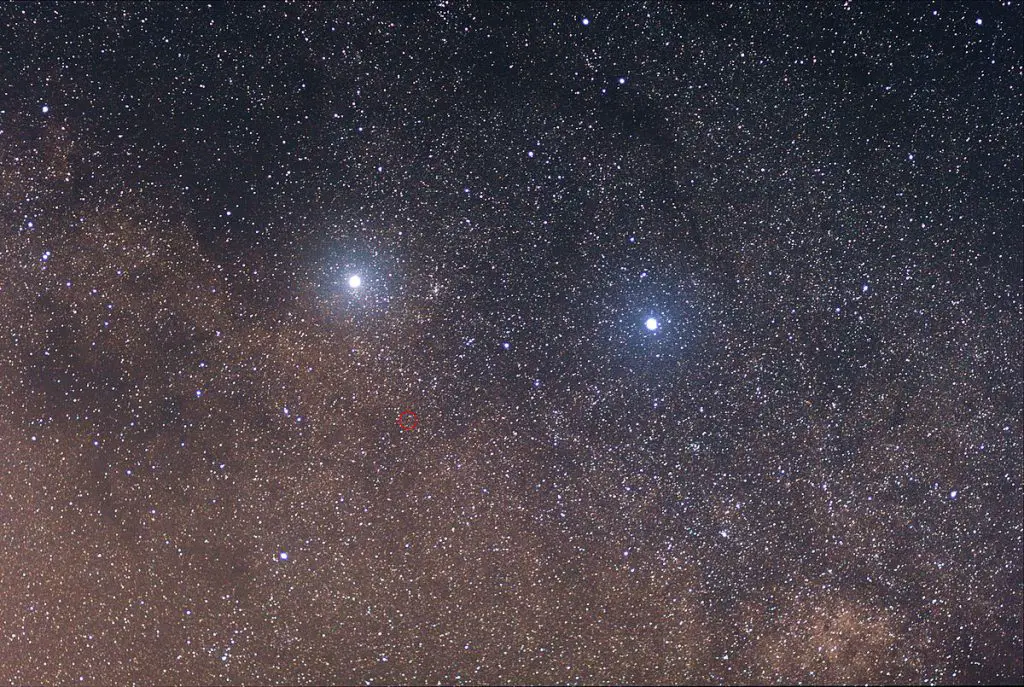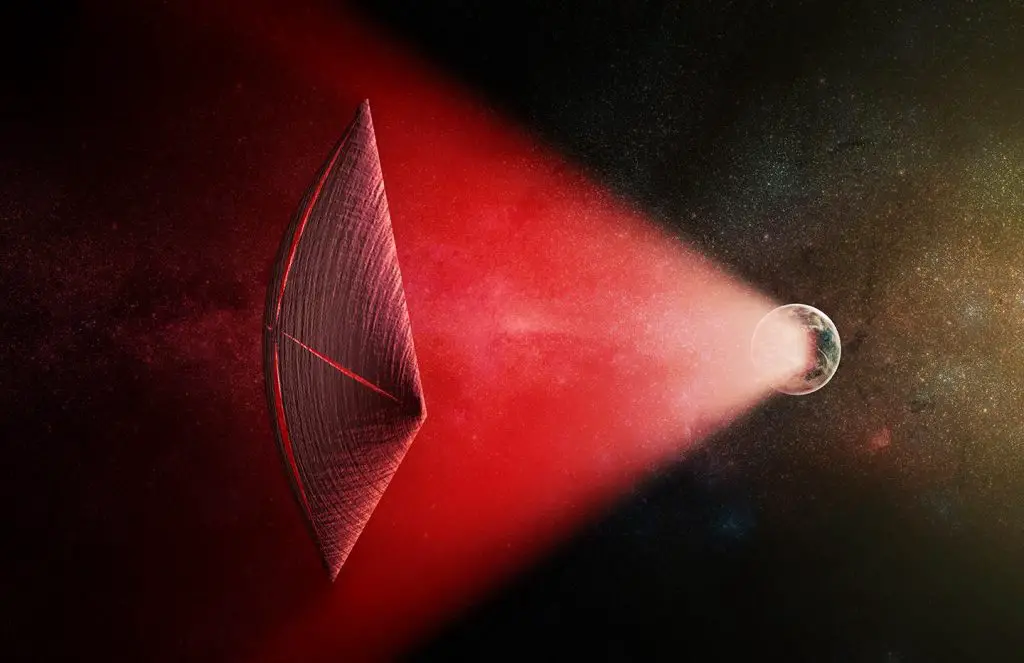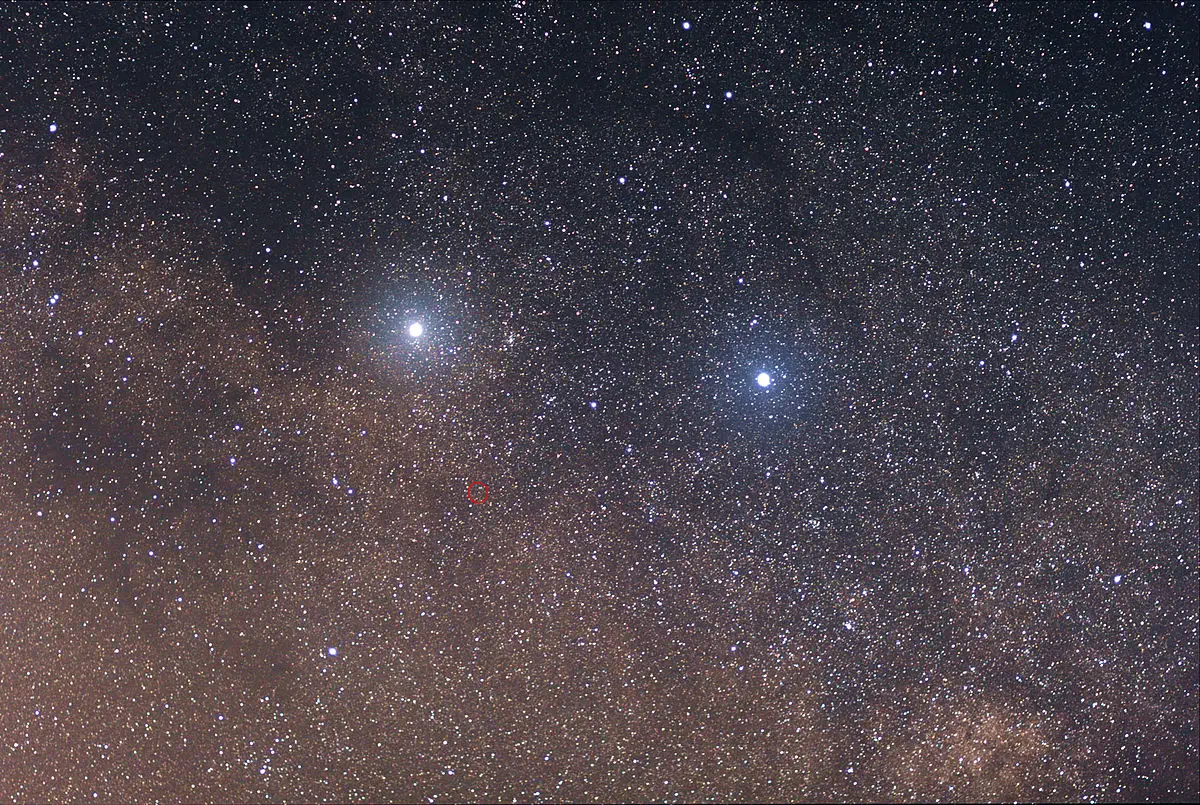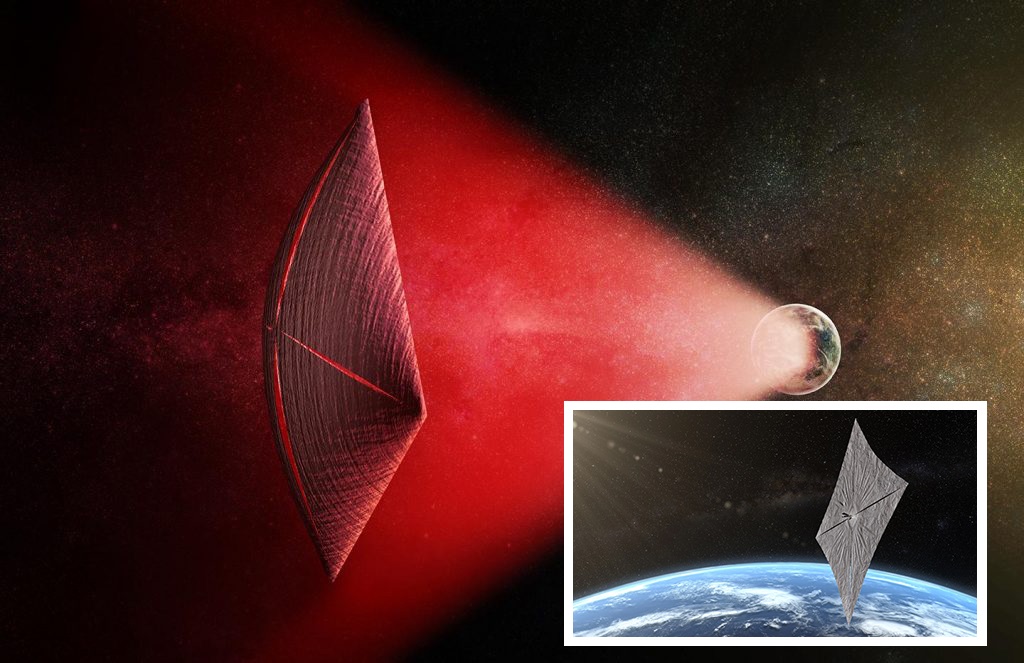The tale of humanity is one of the giant jumps — overseas, into the skies, and into space. Humans have been sending machines ahead of them to planets, comets, and even intergalactic space.
To reach Alpha Centauri, our nearest star system, current rocket propulsion technology would take tens or hundreds of millennia. The stars seem to be limiting human development.
That is, until today! Breakthrough Starshot, a global scientific organization, has announced its plans to send a probe to Alpha Centauri.

This will require the development and testing of a new type of spacecraft propulsion system that involves a ground-based light beamer pushing ultra-light Minecraft with miniature space probes attached to light sails – allowing for interstellar travel at incredible speeds of up to 100 million miles per hour within our lifetime – to achieve incredible speeds of up to 100 million miles per hour.
Breakthrough Because of its ultra-lightweight design, a flyby mission to Alpha Centauri would be able to reach the star in just over 20 years from launch, beaming back images of the star’s recently discovered planet Proxima b and any other planets that may be in the system, as well as other scientific data such as magnetic field analysis.
The Australian National University (ANU) team conducted their most recent investigation with the goal of making travel to the star Alpha Centauri a feasible possibility.
An Earth-based laser array provided power for the minuscule probe’s lightsail, which was built by the scientists. On its interplanetary mission, the laser array will concentrate millions of beams on the sail, enabling it to attain extraordinary speeds and travel at great distances.

According to Dr. Bandutunga of the Australian National University’s Centre for Gravitational Astrophysics, “to span the huge distances between Alpha Centauri and our own solar system, we must think outside the box and pioneer a new method of interstellar space travel.”
“Once launched, the sail will travel for 20 years across the vacuum of space before reaching its target. The spacecraft will collect photographs and scientific data throughout its flyby of the star Alpha Centauri, which it will then transmit back to Earth.”
Both Breakthrough Starshot and the ANU team depend on the development of a wide range of core technologies in order to construct their spacecraft. The use of lightsails, in particular, has recently been shown to be a practical form of space travel. In 2019, the LightSail 2 spacecraft successfully utilized a lightsail, also known as a solar sail, to raise its orbital trajectory around the Earth by 3.2 kilometers.

The ANU team’s laser array proposal, on the other hand, will be the most difficult challenge since it would need millions of lasers to be carefully taught to function in harmony.
Doctor Ward of the Australian National University’s Research School of Physics thinks that the total optical power needed will be around 100 GW — almost one hundred times the capacity of the world’s biggest battery now in use,” he explains. “To accomplish this, we estimate that around 100 million lasers will be necessary,” the researchers write.
The Australian National University team recommends that they use a ‘guide laser’ satellite in Earth’s orbit as a conductor to keep their lasers pointed exactly at the lightsail during the voyage.
This will guarantee that the whole laser array is correctly aligned with the target. Together with an algorithm developed to pre-correct the array’s light, this will assist in correcting for the atmospheric distortion that the remaining Earth-bound lasers will experience.

“The next stage will be to begin testing some of the fundamental building elements in a controlled laboratory environment. According to Dr. Bandutunga, “this contains the principles for joining tiny arrays to form bigger arrays as well as the atmospheric correction algorithms.”
In addition to being one of Yuri Milner’s Breakthrough Initiatives, Breakthrough Starshot is a collection of scientific and technical efforts that are targeted towards identifying life outside of our solar system.
A technological breakthrough such as lightsail technology might allow humans to travel between planets around Alpha Centauri, the star system that bears their names. It is possible that humanity will be categorized as an interstellar species if the endeavor is successful.

